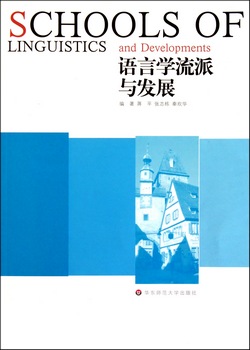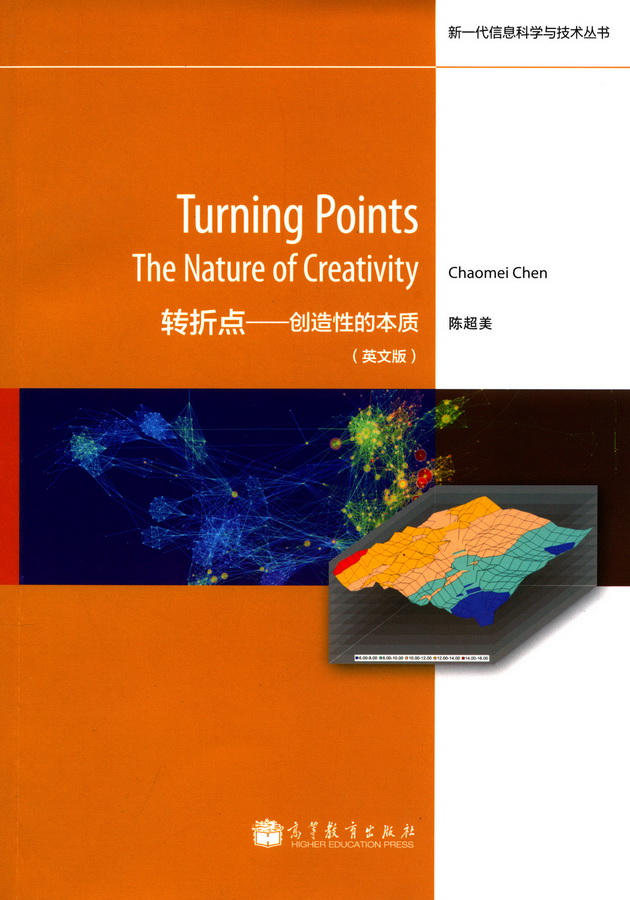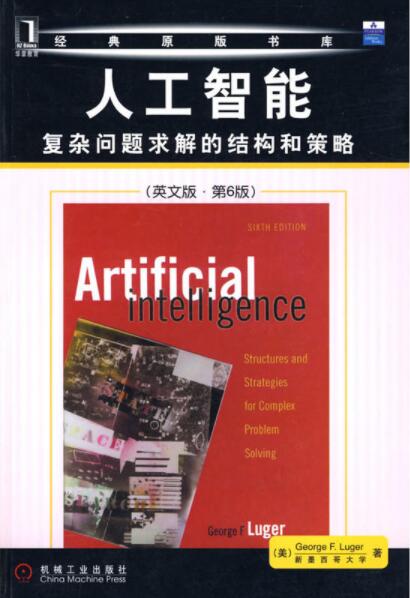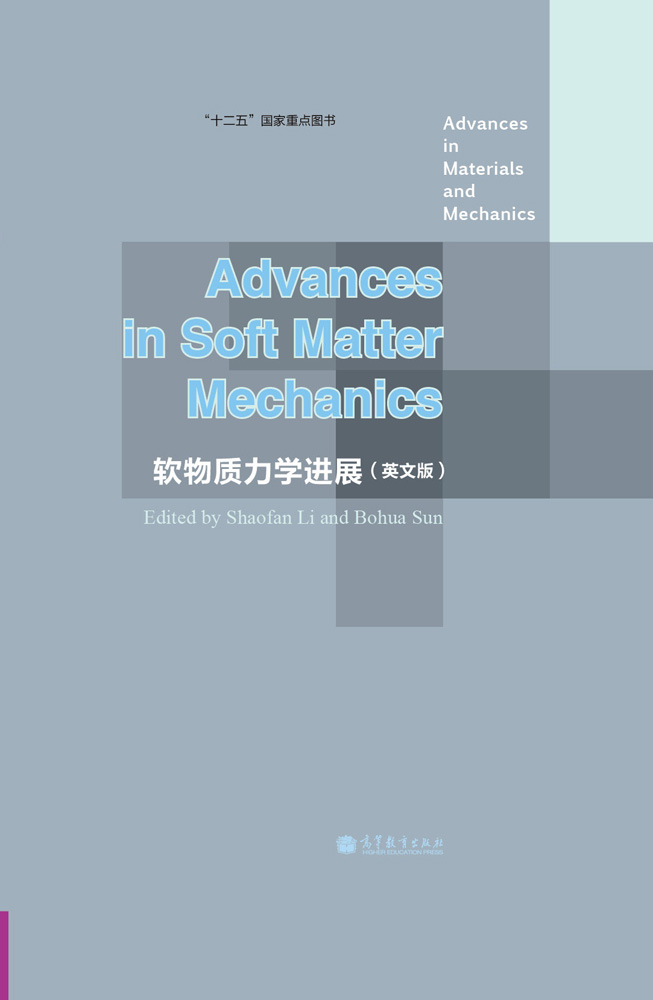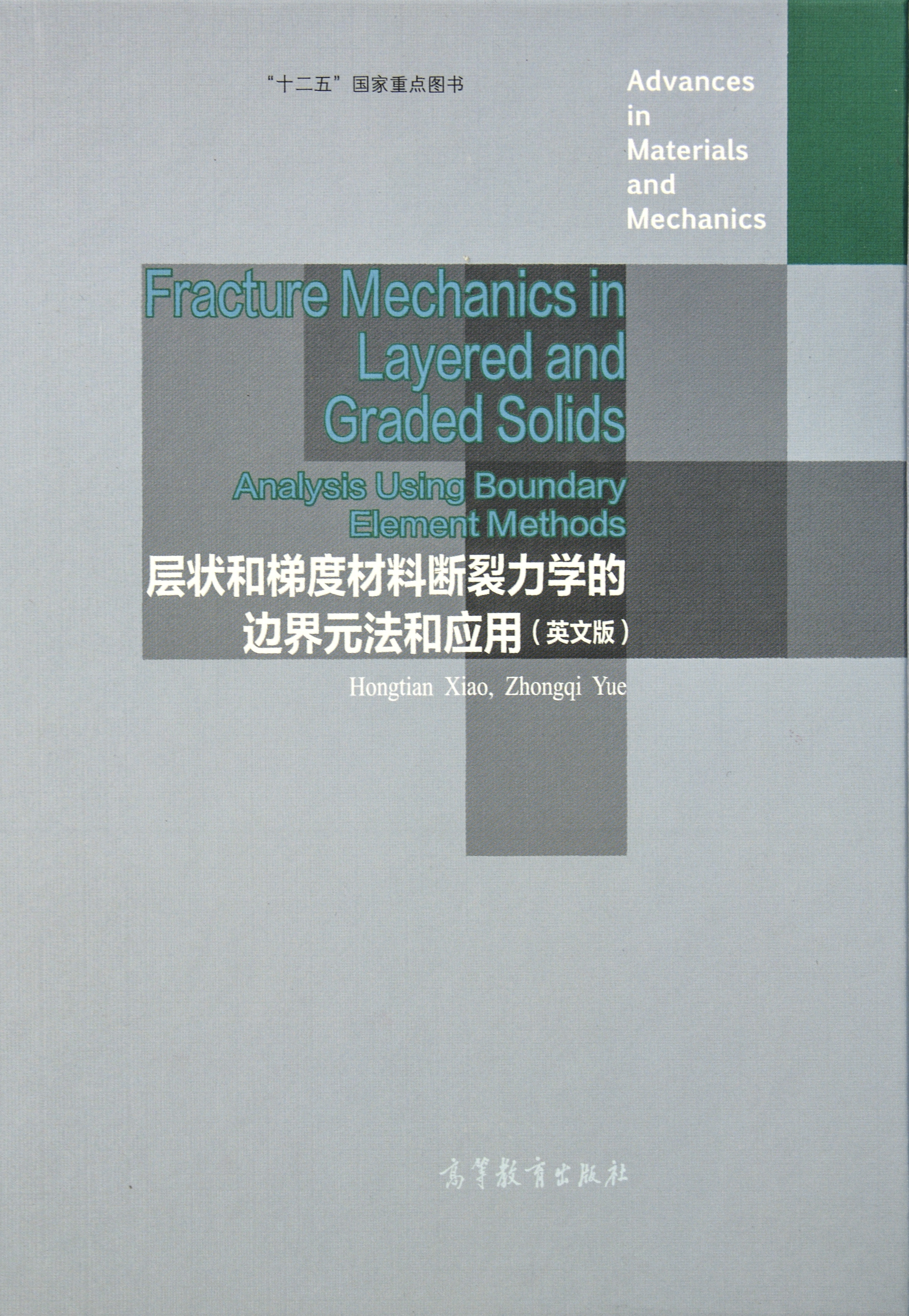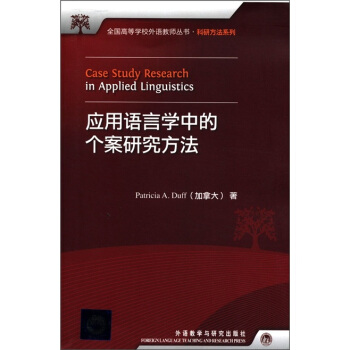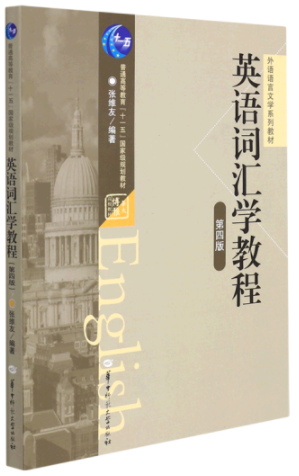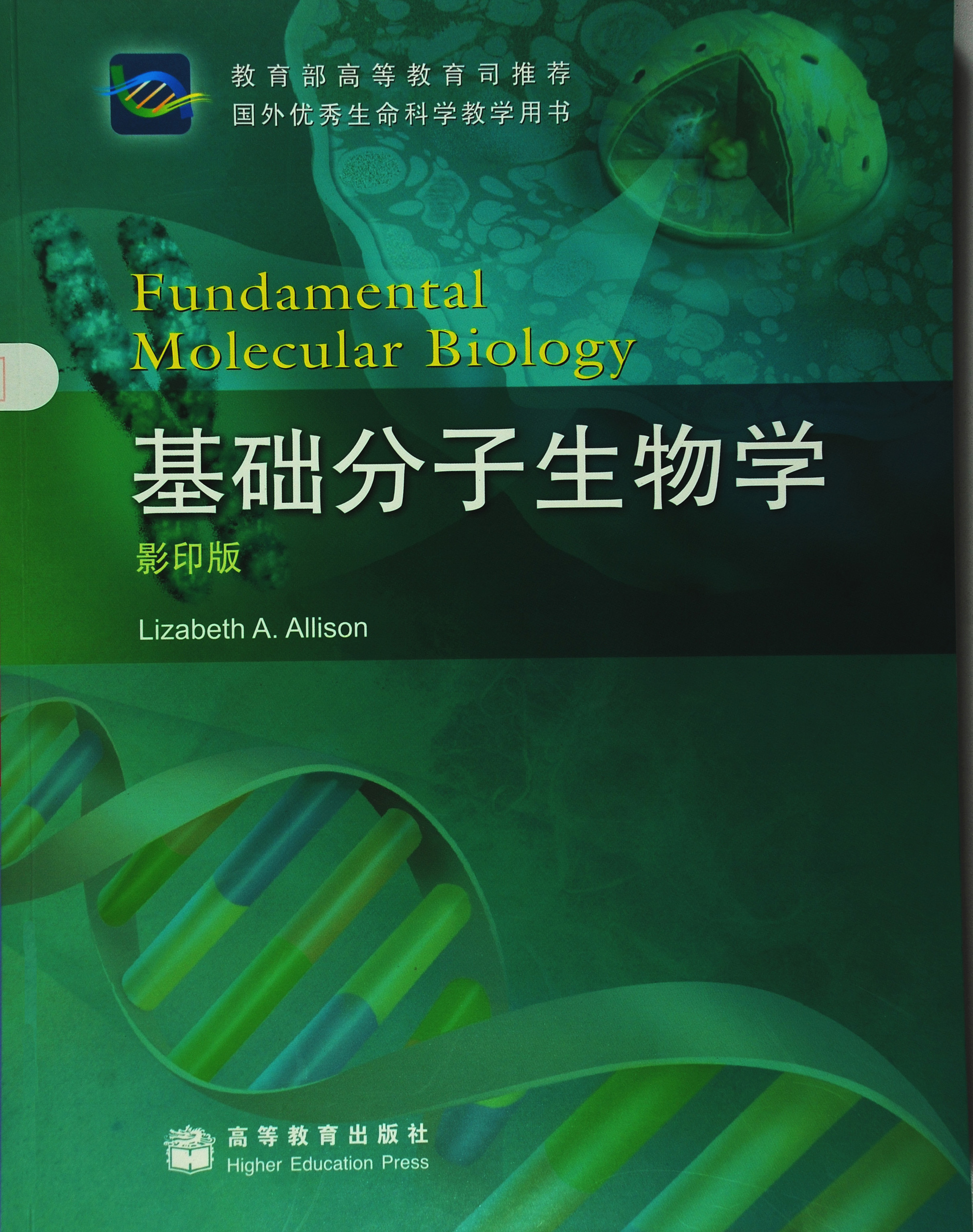- 华东师范大学出版社
- 9787561781715
- 168211
- 51151233-7
- 2011-03
- H0
- 英语
内容简介
平、张志栋和秦欢华编著的《语言学流派与发展》参考已出版的语言学流派著述、语言学专著、网络及电子资源和新版语言学百科全书,循语言学史对各个流派及其代表人物进行介述。不仅介绍了各学派的主要观点、后续研究及发展变化、一些学派之间的联系、其中还涉及了国内较少提到的几个语言学派别、以及语言学的最新发展动向及其思想理论基础等,在已有著述的基础上力求多维度创新。为了体现语言学最新的发展,它尽可能的扩大覆盖的范围并突出对各个流派的梳理,因此《语言学流派与发展》希望在语言学流派著述研究方面尝试更全、更新一点做出微薄的探索。
目录
Chapter 1 Introduction: Linguistics and Schools of Linguistics
1.1 What Is Linguistics?
1.2 Schools of Linguistics
Chapter 2 Traditional Grammar
2.0 Introduction
2.1 Sanskrit Grammar in Ancient India
2.2 Grammar in Ancient Greece
2.3 Grammar in Ancient Rome
2.4 Grammar in the Middle Ages
2.5 Linguistics from the Renaissance to the 18th Century
2.6 Linguistic Tradition in the Middle East and China
2.7 Summary
Chapter 3 Historical and Comparative Linguistics
3.0 Introduction
3.1 Early Development of Historical Linguistics
3.2 Rask, Grimm and Bopp
3.3 Wilhelm yon Humboldt
3.4 Historical Linguistics in the Mid- 19th Century
3.5 The Study of Ablaut
3.6 Neogrammarians
3.7 Jespersen and International Phonetic Alphabet
3.8 Summary
Chapter 4 Schools of European Structuralism
4.0 Introduction
4.1 Sanssure and Course in General Linguistics
4.1.1 Historical Background and Sources of Saussure's Ideas
4.1.2 Saussure's Contributions to General Linguistics
4.1.2.1 Langue role
4.1.2.2 Signifier gnified
4.1.2.3 Arbitrariness
4.1.2.4 Linear Nature ( Syntagmatic radigmatic)
4.1.2.5 Synchronic Linguistics achronic Linguistics
4.1.3 Saussure's Impact and Legacy
4.2 French School
4.2.1 French Post-Saussurean Linguistics
4.2.2 Martinet's Structural-Functional Linguistics
4.3 Prague School
4.3.1 Mathesius and Functional Sentence Perspective (FSP)
4.3.2 Trubetzkoy and Principles of Phonology
4.3.3 Jakobson and Distinctive Features
4.3.4 Markedness Theory
4.4 Copenhagen School
4.4.1 Introduction to the Copenhagen Linguistic Circle
4.4.2 Hjelmslev and Glossematics
4.5 Summary
Chapter 5 Schools of American Descriptivism and Structuralism
5.0 Introduction
5.1 Early Period: Boas and Sapir
5.1.1 Boas and his Linguistic Views
5.1.2 Sapir and his Linguistic Method and Theories
5.1.2.1 Sapir the Man
5.1.2.2 Sapir's Linguistic Method and Theories
5.1.3 The Sapir-Whorf Hypothesis
5.2 Bloomfieldian Age
5.2.1 Bloomfield and the Stimulus-Response Theory
5.2.2 Immediate Constituent Analysis (IC Analysis)
5.3 Post-Bloomfieldian Age
5.3.1 Harris and his Linguistic Views
5.3.2 Hockett and his Linguistic Views
5.4 Summary
Chapter 6 Generative Schools
6.0 Introduction
6.1 Chomsky and the Innateness Hypothesis
6.2 Transformational-Generative Grammar
6.2.1 The Classical Theory
6.2.2 The Standard Theory
6.2.3 The Extended Standard Theory
6.2.4 Government and Binding Theory
6.2.4.1 Phrase Structures and X-bar Theory
6.2.4.2 C-Command and Government
6.2.4.3 Binding Theory
6.2.5 Minimalism
6.3 Generative Phonology and Optimality Theory
6.3.1 Generative Phonology
6.3.2 Optimality Theory
6.3.2.1 Input 'and GEN: the Candidate Set
6.3.2.2 CON: the Constraint Set
6.3.2.3 EVAL: Definition of Optimality
6.4 Generative Semantics
6.5 Summary
Chapter 7 London School
7.0 Introduction
7.1 Malinowski's Theories
7.2 Firth's Theories
7.2.1 Firth's Study of Meaning
7.2.2 Firth's Prosodic Analysis
7.3 Neo-Firthian Age
7.3.1 Randolph Quirk and his Linguistic Studies
7.3.2 Robins and his Linguistic Studies
7.3.3 Sinclair and his Linguistic Studies
7.3.4 John Lyons and his Linguistic Studies
7.4 Summary
Chapter 8 Systemic-Functional School
8.0 Introduction
8.1 Halliday and his Linguistic Views
8.1.1 Halliday the Man
8.1.2 Halliday's Linguistic Views
8.1.3 Halliday's Early Study: Scale and Category Grammar
8.2 Systemic Grammar
8.2.1 Entry Condition
8.2.2 Meaning Potential and Realization
8.3 Functional Grammar
8.3.1 Ideational Function
8.3.1.1 Material Process
1.1 What Is Linguistics?
1.2 Schools of Linguistics
Chapter 2 Traditional Grammar
2.0 Introduction
2.1 Sanskrit Grammar in Ancient India
2.2 Grammar in Ancient Greece
2.3 Grammar in Ancient Rome
2.4 Grammar in the Middle Ages
2.5 Linguistics from the Renaissance to the 18th Century
2.6 Linguistic Tradition in the Middle East and China
2.7 Summary
Chapter 3 Historical and Comparative Linguistics
3.0 Introduction
3.1 Early Development of Historical Linguistics
3.2 Rask, Grimm and Bopp
3.3 Wilhelm yon Humboldt
3.4 Historical Linguistics in the Mid- 19th Century
3.5 The Study of Ablaut
3.6 Neogrammarians
3.7 Jespersen and International Phonetic Alphabet
3.8 Summary
Chapter 4 Schools of European Structuralism
4.0 Introduction
4.1 Sanssure and Course in General Linguistics
4.1.1 Historical Background and Sources of Saussure's Ideas
4.1.2 Saussure's Contributions to General Linguistics
4.1.2.1 Langue role
4.1.2.2 Signifier gnified
4.1.2.3 Arbitrariness
4.1.2.4 Linear Nature ( Syntagmatic radigmatic)
4.1.2.5 Synchronic Linguistics achronic Linguistics
4.1.3 Saussure's Impact and Legacy
4.2 French School
4.2.1 French Post-Saussurean Linguistics
4.2.2 Martinet's Structural-Functional Linguistics
4.3 Prague School
4.3.1 Mathesius and Functional Sentence Perspective (FSP)
4.3.2 Trubetzkoy and Principles of Phonology
4.3.3 Jakobson and Distinctive Features
4.3.4 Markedness Theory
4.4 Copenhagen School
4.4.1 Introduction to the Copenhagen Linguistic Circle
4.4.2 Hjelmslev and Glossematics
4.5 Summary
Chapter 5 Schools of American Descriptivism and Structuralism
5.0 Introduction
5.1 Early Period: Boas and Sapir
5.1.1 Boas and his Linguistic Views
5.1.2 Sapir and his Linguistic Method and Theories
5.1.2.1 Sapir the Man
5.1.2.2 Sapir's Linguistic Method and Theories
5.1.3 The Sapir-Whorf Hypothesis
5.2 Bloomfieldian Age
5.2.1 Bloomfield and the Stimulus-Response Theory
5.2.2 Immediate Constituent Analysis (IC Analysis)
5.3 Post-Bloomfieldian Age
5.3.1 Harris and his Linguistic Views
5.3.2 Hockett and his Linguistic Views
5.4 Summary
Chapter 6 Generative Schools
6.0 Introduction
6.1 Chomsky and the Innateness Hypothesis
6.2 Transformational-Generative Grammar
6.2.1 The Classical Theory
6.2.2 The Standard Theory
6.2.3 The Extended Standard Theory
6.2.4 Government and Binding Theory
6.2.4.1 Phrase Structures and X-bar Theory
6.2.4.2 C-Command and Government
6.2.4.3 Binding Theory
6.2.5 Minimalism
6.3 Generative Phonology and Optimality Theory
6.3.1 Generative Phonology
6.3.2 Optimality Theory
6.3.2.1 Input 'and GEN: the Candidate Set
6.3.2.2 CON: the Constraint Set
6.3.2.3 EVAL: Definition of Optimality
6.4 Generative Semantics
6.5 Summary
Chapter 7 London School
7.0 Introduction
7.1 Malinowski's Theories
7.2 Firth's Theories
7.2.1 Firth's Study of Meaning
7.2.2 Firth's Prosodic Analysis
7.3 Neo-Firthian Age
7.3.1 Randolph Quirk and his Linguistic Studies
7.3.2 Robins and his Linguistic Studies
7.3.3 Sinclair and his Linguistic Studies
7.3.4 John Lyons and his Linguistic Studies
7.4 Summary
Chapter 8 Systemic-Functional School
8.0 Introduction
8.1 Halliday and his Linguistic Views
8.1.1 Halliday the Man
8.1.2 Halliday's Linguistic Views
8.1.3 Halliday's Early Study: Scale and Category Grammar
8.2 Systemic Grammar
8.2.1 Entry Condition
8.2.2 Meaning Potential and Realization
8.3 Functional Grammar
8.3.1 Ideational Function
8.3.1.1 Material Process

